How to Make Homemade Yoghurt
Disclosure: This blog contains affiliate links which I may earn a small commission from if you purchase through them, at no extra cost to you.
Homemade yoghurt is so easy to make yourself. There are no complicated steps or ingredients and making your own yoghurt is almost foolproof! Get the kids involved and discover the delicious taste-safe science behind the process.
How to Make Homemade Yoghurt
When I sit down and look for ways to make our weekly grocery shop more affordable, one thing that stood out was yoghurt. Our household would easily use 1 litre per week. We use greek yoghurt in so many of our family’s favourite dishes. With a bit of research, and certainly some coin to save, we mastered making yoghurt at home and haven’t looked back.
How do I make yoghurt at home?
There are many different ways to make yoghurt however they all come down to just a couple of basic factors.
Incubators
Your homemade yoghurt needs to ferment over the course of about eight hours between 43° to 46° Celcius / 110° to 115° Fahrenheit. Keeping the yoghurt warm can be achieved in a few different ways.
To incubate your yoghurt, you could use
- Yoghurt Incubator
- Slow Cooker / Crock Pot
- Microwave
- Thermos
- Eski with Bowl of Hot Water
Starter
A yoghurt starter is a specific blend of bacterias. Through a fermentation process, the bacteria change the naturally occurring lactose sugars in the milk into lactic acid. This lactic acid is what thickens the milk and reduces the pH. This reduction of pH results in creating a tart flavour.
What can be used as a yoghurt starter
- Commercial starter
- Quality pot set greek yoghurt with live bacteria
- Previous batch of homemade yoghurt (less that 7 days old)
Making yoghurt at home is easier than you think and is so much more nutritious.
I found a popular recipe, did the math, and thought, what have I got to lose? If I can make it for a quarter of the price of store-bought then I would be silly not to try.
Boy, am I glad I did too!
I have been making my own yoghurt for almost a year now and each time it has been perfect!
Feeding my family refined sugar-free foods is something that I value and commercial yoghurts made this difficult.
Now they can happily enjoy their dairy treat and I can relax knowing it is refined sugar-free!
So how do you make homemade yoghurt?
I use Thermomummas recipe in the Easiyo system
Ingredients
- UTH Milk
- Milk Powder
- Yoghurt
Yes, just three ingredients! So easy and I will typically wait until the last portion is at the bottom of the container before making the next batch so it is ready to eat the next day. So simple! and literally takes only a few minutes of active time.
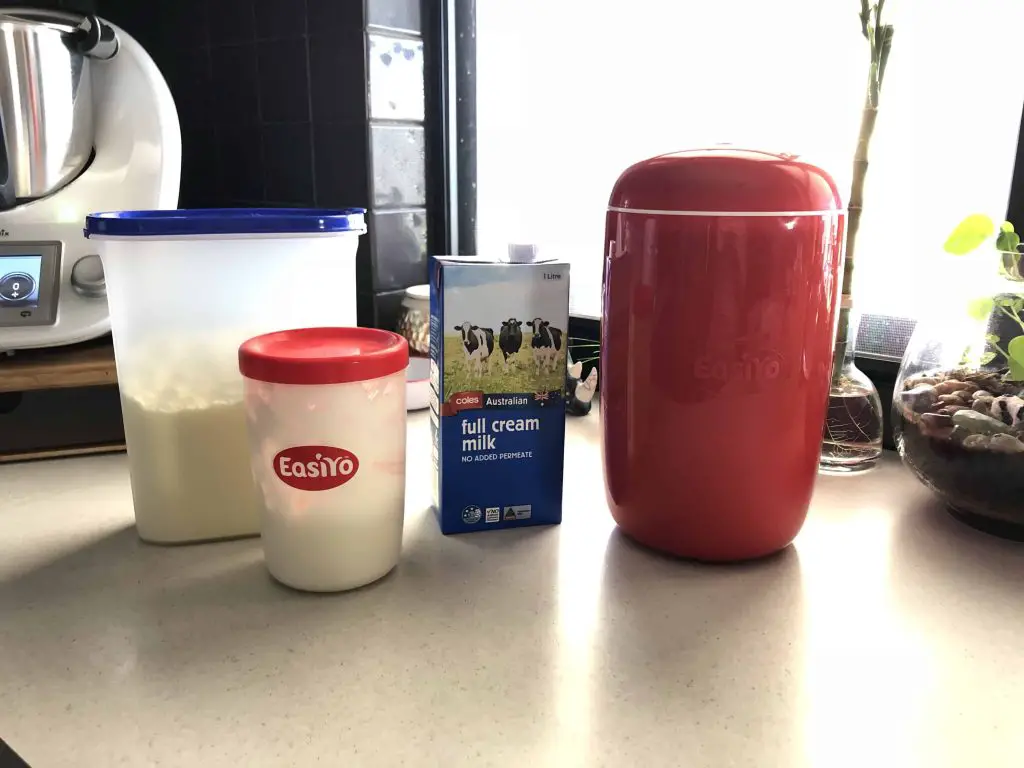
How to make homemade yogurt?
Literally mix three ingredients together, heat to 37 degrees, incubate for 8-24 hours, and chill overnight.
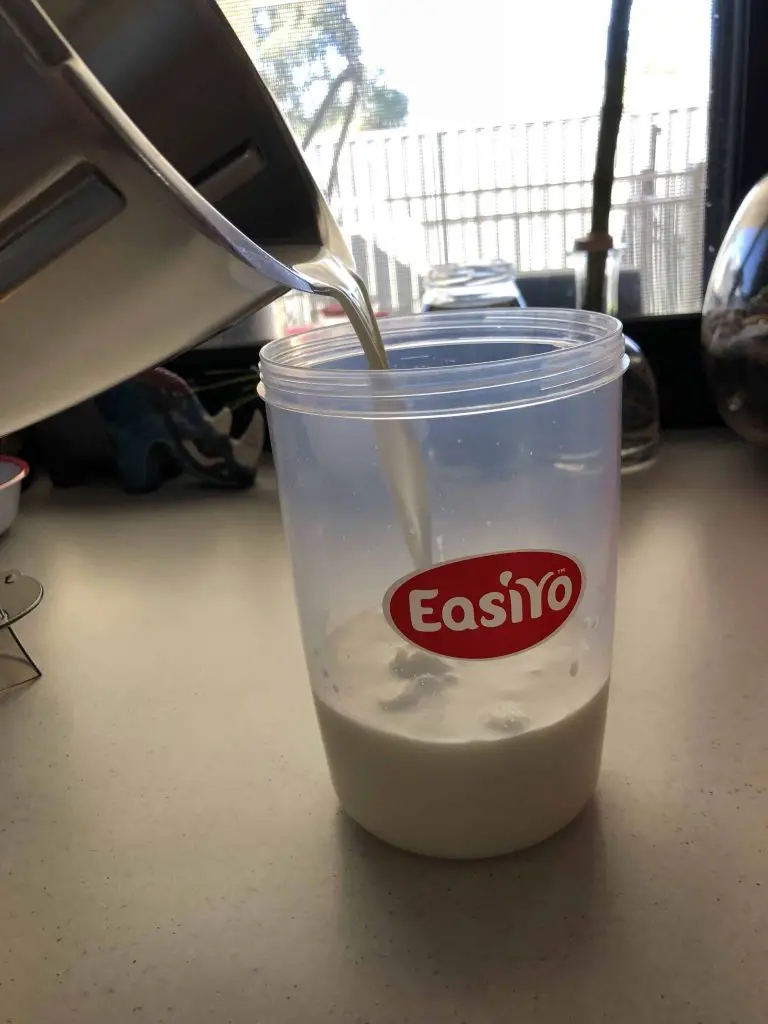
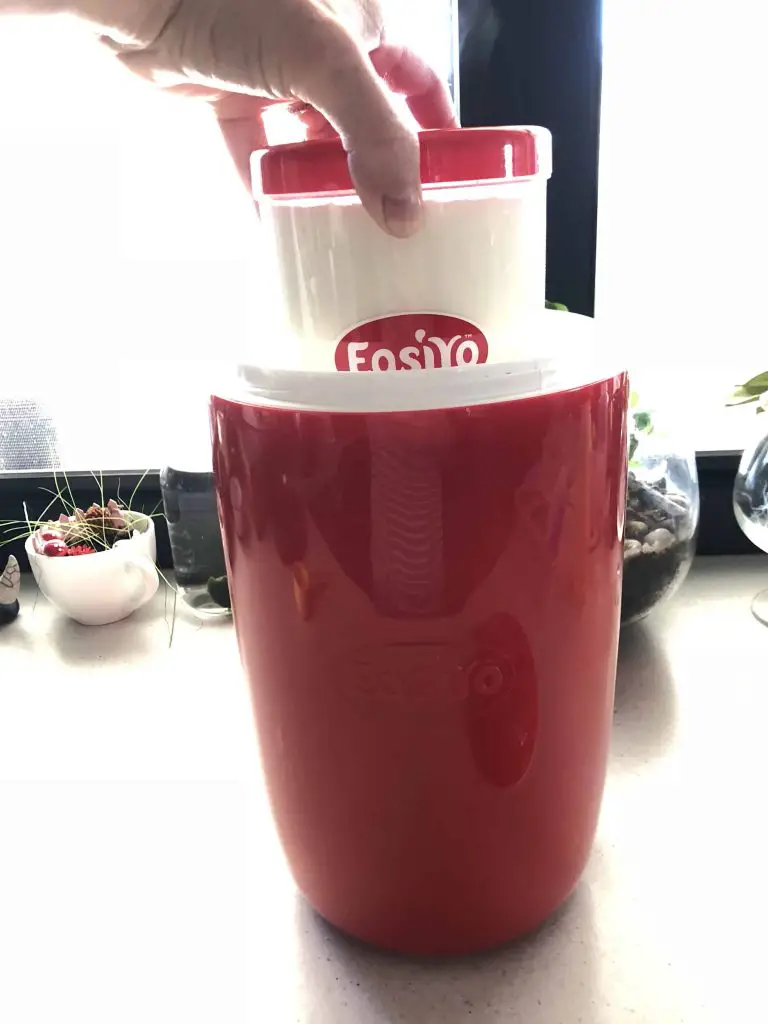
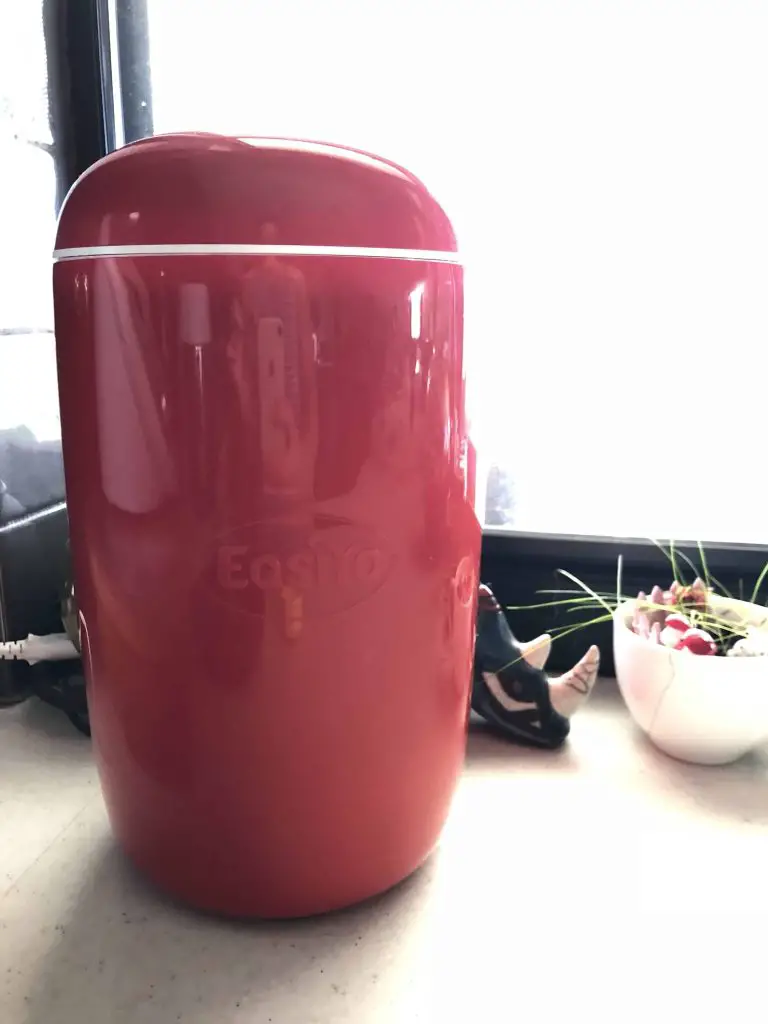
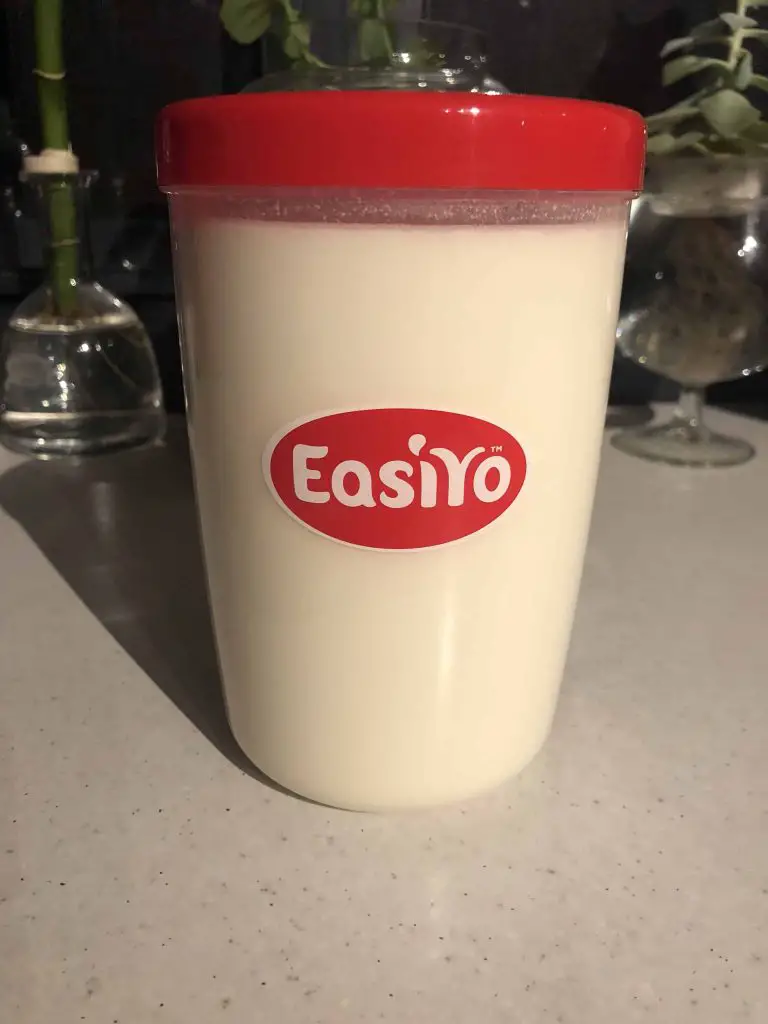
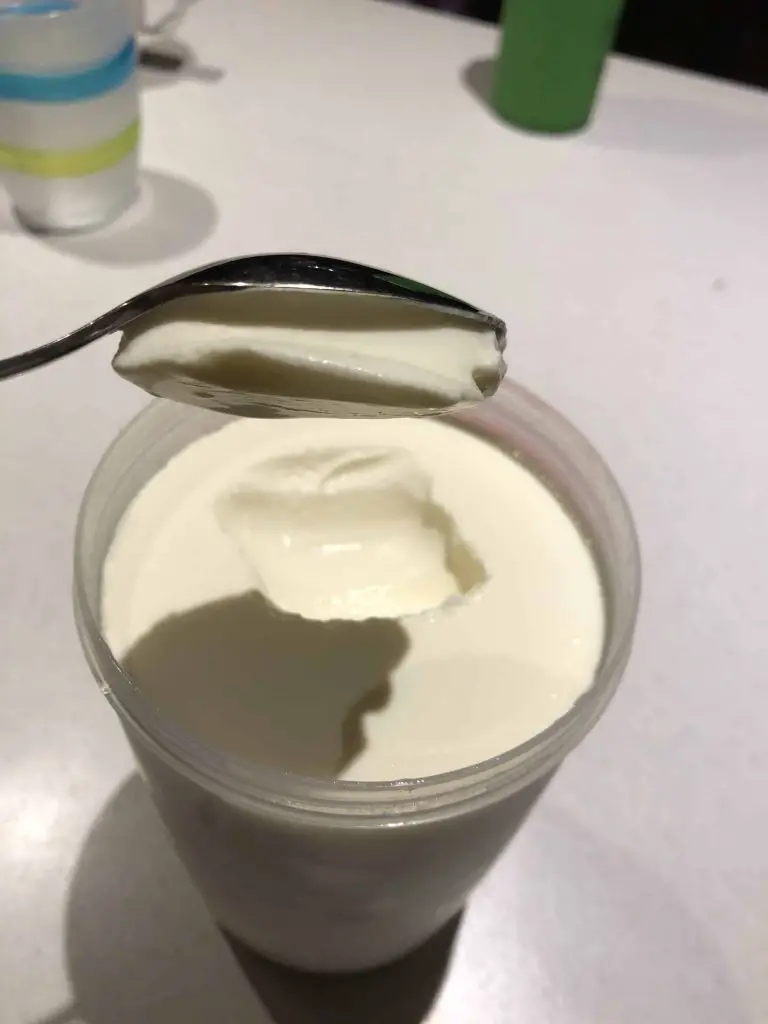
That is it!
Of course you can get fancy and add some vanilla and a bit of sugar for a sweeter yoghurt instead of the natural one which I prefer.
I tried to replicate a popular vanilla yoghurt. After examining the nutritional values was shocked to see that in one litre, there were 20 teaspoons of sugar! Keeping in mind that some of that sugar would be naturally occuring in the milk, however so much added sugar and empty calories!
If you are transitioning the kids from sugar-filled commercial yogurts I would suggest adding some sugar to your yoghurt. Then, with each batch you make, reduce the amount until you are happy with what it contains.
If you are trying to reduce the refined sugar your family consumes, why not swap sugar out for some natural, sugar free sweetners?
We add honey, fruit purées, or chopped fruit to ours. We spoon it onto soups, curries and use it in marinades and dressings too!
Edible Science Experiment
Science is awesome on an average day however even better when you can eat the aftermath!
Making yoghurt is literally living science! Yup, there is not only live bacteria in yoghurt but entire cultures of bacteria!
Bacteria
Different types of bacteria can be put into two categories; pathogenic and non pathogenic.
Pathogenic Bacteria
These are the types that you do not wish to come across. Pathogenic bactera cause disease. Common examples of pathongeic bacteria include
- Salmonella
- Escherichia coli
- Listeria
- Streptococcus pneumoniae
- Staphylococcus
These gnarly germs result in illness and cause harm.
Non Pathogenic Bacteria
Non pathongenic bacteria do not cause harm and some are even vital for good health.
- Bifidobacteria
- Lactobacillus
- Saccharomyces boulardii
Bacteria in Yoghurt
Bacterias commonly used to ferment milk into yoghurt include actobacillus delbrueckii subsp. bulgaricus and Streptococcus thermophilus. Both of these non pathogenic bacterias can play an important role in gut health and general well being.
If you have been sitting on the fence about making your own yoghurt, give it a shot!

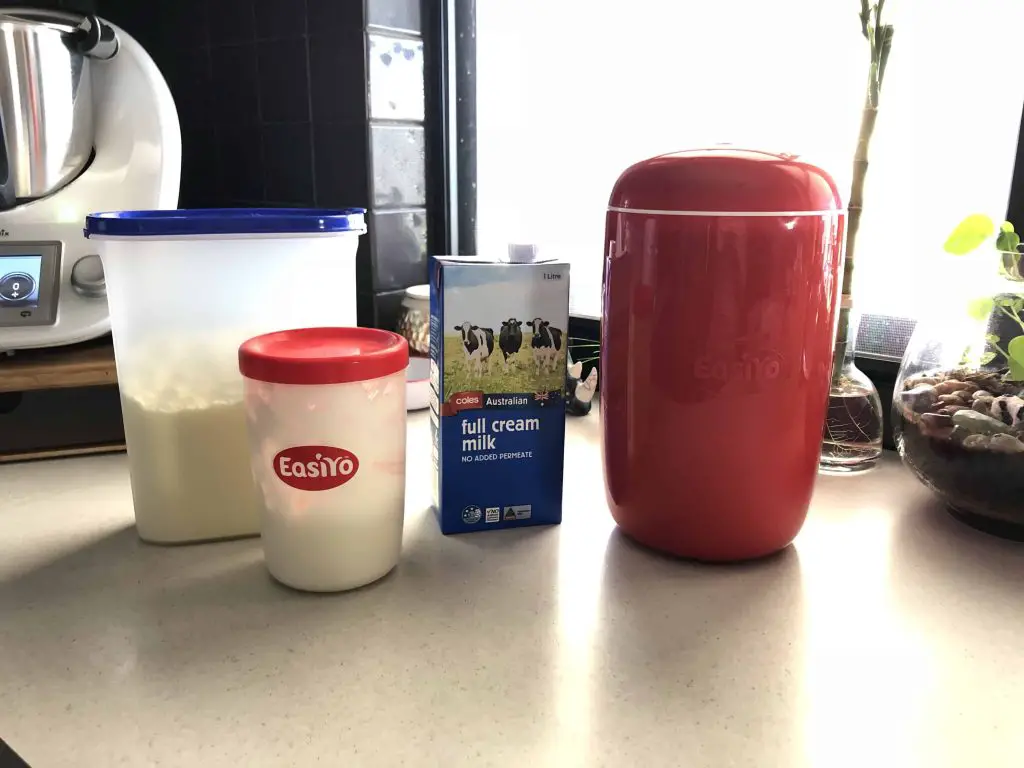



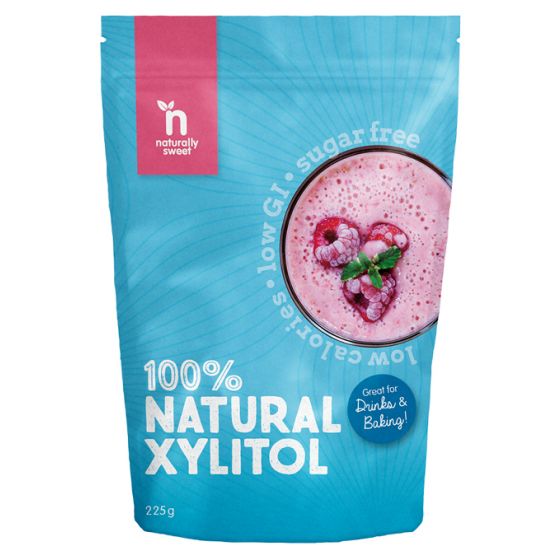
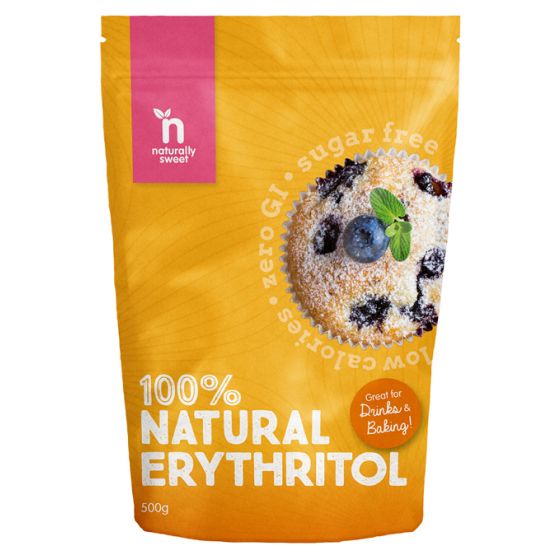
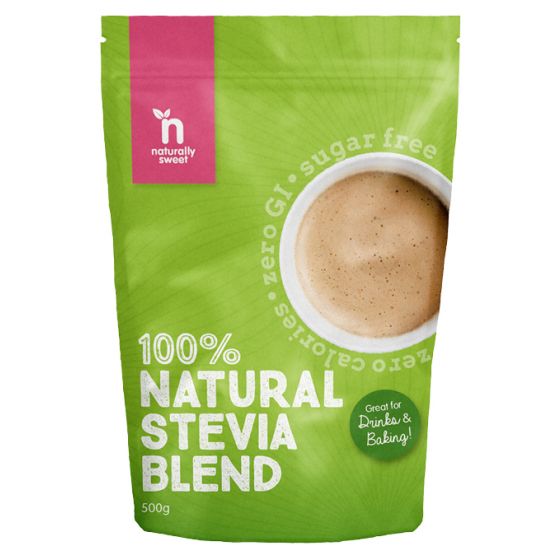

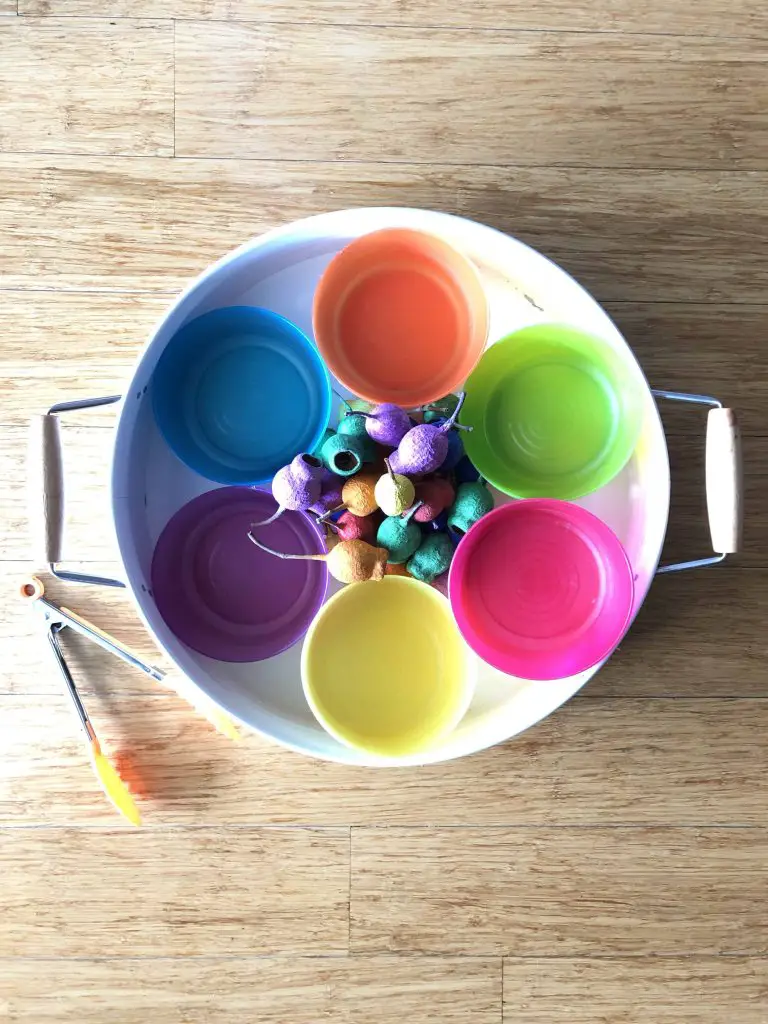





Great post! I would give this a shot. Thanks for sharing ♥️ ♥️ If you want to check your engagement rate, you can check out the free Instagram Engagement Calculator at Phlanx.com
Xoxo,
Tiffany